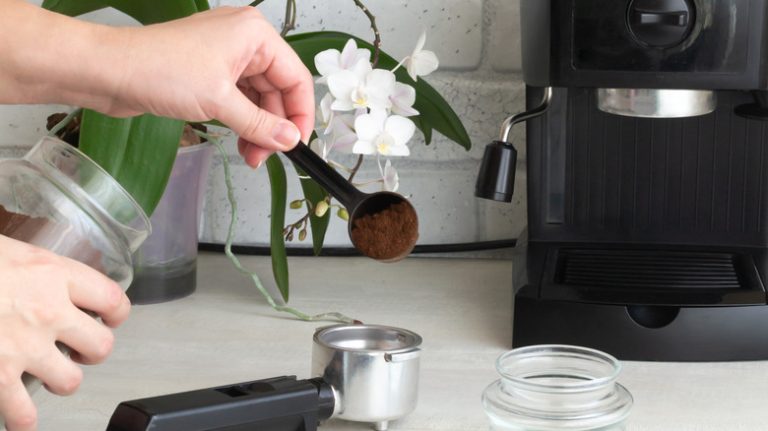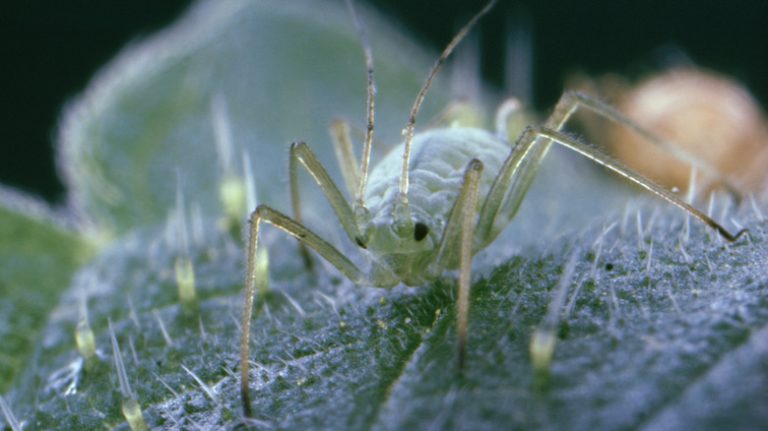Petunias are classic summer flowers that bring vibrant colors and beauty to any garden or patio. These annuals are easy to grow and provide continuous blooms throughout the warm months. To ensure your petunias stay healthy and blooming all summer, it’s important to follow a few key habits and provide them with the care they need.
When planting petunias, choose a well-drained soil that is rich in organic matter. Petunias prefer full sun, so make sure they receive at least 6-8 hours of direct sunlight each day. Water your petunias regularly, especially during dry spells, making sure the soil is evenly moist. Use a water-soluble, balanced fertilizer every two weeks to provide the plants with the energy they need to grow and bloom.
Deadheading is another important practice when it comes to keeping petunias blooming. As the flowers fade and die, remove them by cutting them back to the nearest leaf or stem. This not only keeps the plant looking neat and attractive, but it also encourages new flower production. Deadheading should be done regularly, especially in the middle and late summer, to prevent the plants from going to seed.
If your petunias become leggy or start to wilt, it may be a sign that they need rejuvenating. In this case, give them a good haircut by cutting them back by about half their height. This will encourage new growth and help the plant become bushier and fuller. You can also take cuttings from healthy petunias to start new plants and replace older ones that may not be performing as well.
When it comes to overwintering petunias, it’s best to treat them as annuals. Most petunia cultivars are not frost-tolerant and are likely to die off in cold temperatures. However, if you’d like to try and save them, you can bring them indoors and keep them as houseplants. Trim the plants back and repot them in a well-drained potting soil. Place them in a bright, sunny location and water them sparingly until spring arrives and you can move them back outdoors.
By following these tips and providing the proper care, you can enjoy a summer full of beautiful, blooming petunias. Whether planted in the ground or in hanging baskets, these native American flowers are sure to bring joy and color to your outdoor spaces.
Source: www.gardeningadvice.com
How To Grow And Care For Mexican Petunia
Mexican Petunias (Ruellia simplex) are a popular variety of perennial plants that are known for their vibrant blooms and ease of care. These plants can be grown in a variety of environments, making them a great addition to any garden or landscape.
When it comes to growing Mexican Petunias, it is important to start with a healthy root system. These plants prefer full sun but can also tolerate partial shade. If planting in a sunnier location, be sure to provide regular moisture to keep the soil from drying out.
Mexican Petunias are known for their rejuvenating habits, often coming back year after year if they are properly cared for. In warmer climates, they can even survive as long as an annual plant. When planting these perennials, be sure to place them in a well-drained soil that is rich in organic matter.
If you are growing Mexican Petunias in a hanging basket or container, be sure to choose a potting mix that provides good drainage. These plants like to have consistent moisture levels, so be sure not to let the soil dry out completely. Water regularly and always aim to keep the soil slightly moist.
Mexican Petunias are typically low-maintenance plants, requiring little fertilizer. However, if you notice that your plants are not producing as many blooms as usual, you can apply a balanced fertilizer to give them a boost. Be sure to follow the instructions on the fertilizer package and apply it according to the recommended dosage.
One of the most common challenges when it comes to caring for Mexican Petunias is dealing with pests. These plants can attract pests such as aphids, spider mites, and whiteflies. To prevent pest damage, it is important to inspect your plants regularly and take action at the first sign of infestation.
Deadheading is an important task when it comes to Mexican Petunias. By removing faded flowers, you can encourage the plant to produce new blooms. Use a knife or scissors to carefully cut off the dead flowers, making sure to cut just below the base of the flower.
In terms of temperature and humidity, Mexican Petunias are relatively tolerant. They can withstand high temperatures and humid conditions, making them suitable for growing in southern states. However, they may not be able to tolerate very cold temperatures, so it is best to bring them indoors or provide protection during the winter months.
Overall, Mexican Petunias are a beautiful and easy-to-care-for plant that can add color and vibrancy to any garden or landscape. By giving them the right conditions and providing proper care, you can enjoy their stunning pink blooms throughout the season.
| Key Points | Growing Tips |
|---|---|
| Mexican Petunias are a variety of perennial plants known for their vibrant blooms. | Plant them in full sun or partial shade, and provide regular moisture. |
| These plants can be grown in a variety of environments, making them versatile. | Choose a well-drained soil rich in organic matter for optimal growth. |
| Mexican Petunias are low-maintenance and require little fertilizer. | If blooming decreases, apply a balanced fertilizer according to package instructions. |
| Pest infestation is a common challenge, so inspect plants regularly and take action at the first sign. | Deadhead faded flowers to encourage new blooms. |
| These plants are relatively tolerant of temperature and humidity levels. | Protect them from very cold temperatures and provide shelter in winter. |
Is Mexican Petunia Invasive
Mexican Petunia (Ruellia simplex) is a perennial flowering plant native to Mexico and South America. It is also commonly known as “Kara” and “Mexican Bluebell.” Whether or not Mexican Petunia is considered invasive depends on several factors, including the climate and growing conditions.
Mexican Petunia thrives in full sun to partial shade and can be grown in both containers and in the ground. It has attractive foliage and produces flowers that bloom all summer, making it a popular choice for gardeners looking for a low-maintenance plant.
The plant can spread quickly and form clumps, giving it a fuller appearance. If you want to control the spread of Mexican Petunia, regular pruning is necessary. However, the plant can be invasive in warm, moist areas such as Florida and other southern states, where it can outcompete native species and disrupt ecosystems.
Mexican Petunia grows well in well-drained soils and requires regular watering to keep the soil moist but not waterlogged. Fertilize the plant with a balanced, water-soluble fertilizer to ensure healthy growth and continuous blooming.
Propagation of Mexican Petunia can be done through seeds or by dividing the clumps. If you choose to propagate by dividing, use a knife to separate the clumps and pot the new plants in well-drained potting soil. Overwintering Mexican Petunia can be done indoors in sunnier areas or by trimming the plants to 3-4 inches above the ground level and covering them with plastic or mulch.
It is important to note that the pink variation of Mexican Petunia (Ruellia malacosperma) is less invasive compared to the common purple variety. The pink variety produces fewer seeds and has a more compact growth habit.
In conclusion, Mexican Petunia can be a beautiful addition to your garden if kept under control. Regular pruning, proper watering, and monitoring its spread can help you enjoy its flowers without it becoming invasive. It is also recommended to check with your local authorities or extension offices for updated information on the plant’s invasive status in your area.
How to Care for Mexican Petunia
If you are looking for a beautiful and low-maintenance plant that can thrive in the hot and humid climate of Southern states like Florida, Mexican Petunia (Ruellia brittoniana) is a great choice. Here are some steps to help you care for your Mexican Petunia and keep it blooming all summer long.
1. Sunlight and Fertilizing: Mexican Petunias love the sun, so make sure to plant them in an area with full sunlight. They also appreciate regular fertilizing, especially during the growing season. Use a balanced fertilizer to provide adequate nutrients for the plant.
2. Watering: Mexican Petunias are relatively drought-tolerant, but they still need regular watering, especially during dry spells. Water deeply, but less frequently, to encourage deep root growth and prevent shallow, wilted leaves.
3. Deadheading and Pruning: To keep your Mexican Petunia blooming, deadhead the faded flowers regularly. This will encourage the plant to produce more blooms. Additionally, trim back any leggy or spindly growth to promote a bushier and more compact plant.
4. Overwintering: Mexican Petunias are evergreen in warm climates, but they may die back in colder regions. If you live in an area with freezing temperatures, consider overwintering your Mexican Petunia indoors or provide protection by mulching around the base of the plant.
5. Carefully watch for pests: Mexican Petunias are generally pest-resistant but occasionally may attract aphids or spider mites. If you notice any pests, treat them promptly to prevent damage to the plant.
6. Mounding and Location: Mexican Petunias tend to have a mounding habit, so give them enough space to spread. Plant them in a location where they have room to grow and won’t be crowded by other plants.
7. Starting from seeds: If you want to grow Mexican Petunias from seeds, start them indoors 6-8 weeks before the last frost date in your area. Sow the seeds in a well-draining potting mix and keep them moist until they germinate. Once the seedlings are established, you can transplant them outside.
Remember: If you have any questions about caring for your Mexican Petunias, the local extension office or public garden in your area can provide valuable information specific to your region.
By following these steps, you can keep your Mexican Petunias healthy, vibrant, and blooming all summer long. Enjoy the beauty they bring to your garden!




